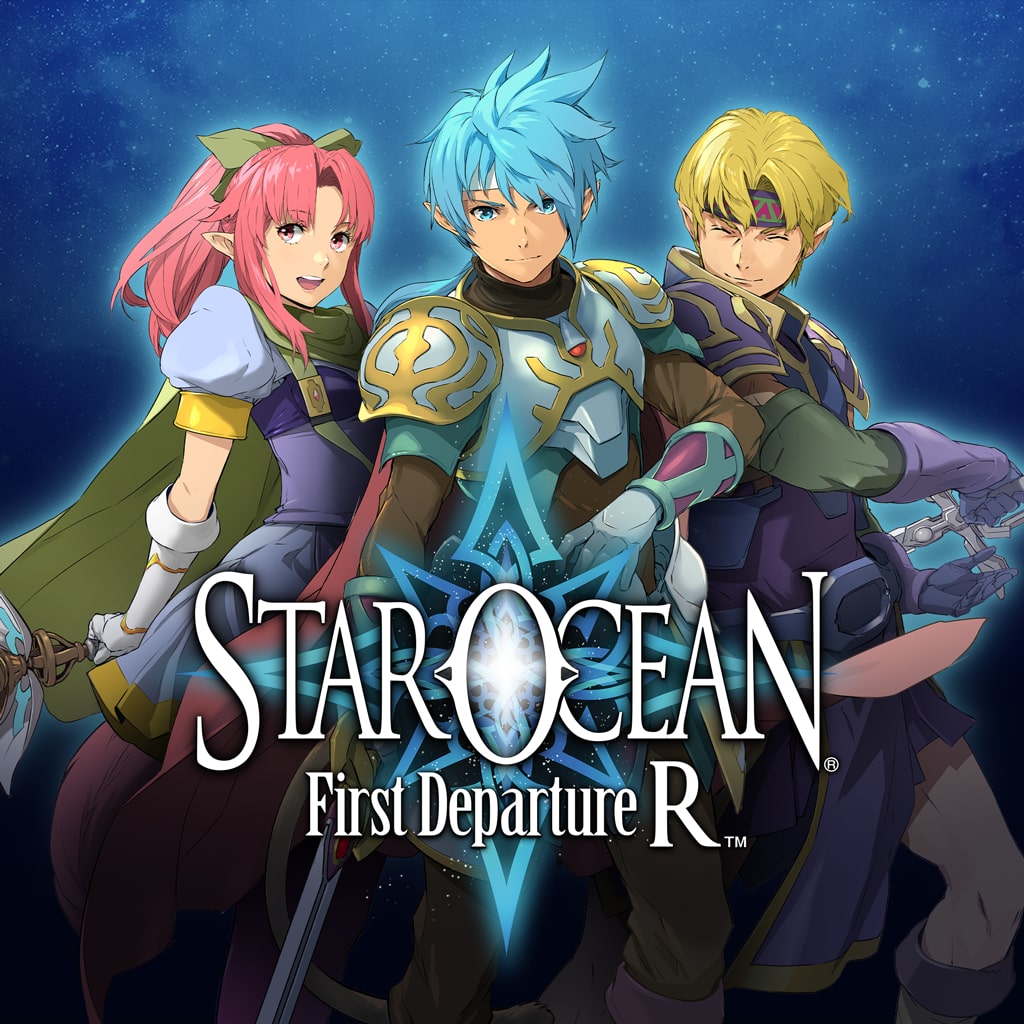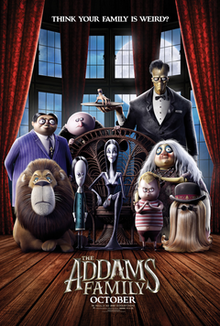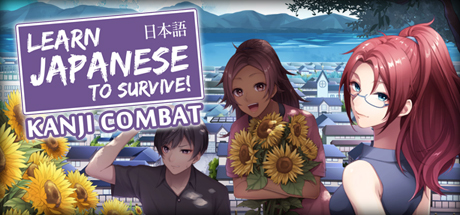 Star Trek: The RPG
Star Trek: The RPGOnce upon a time, I played the original Super Famicom version of developer tri-Ace’s first production,
Star Ocean, via a fan translation, and while I did enjoy what time I spent with it, there were a multitude of issues that made it feel like an
Obvious Beta, such as many glitches largely involving its item creation system and a secret character hidden in the code. An enhanced remake for the PlayStation Portable,
First Departure, would resolve many of the issues affiliated with the Super Famicom iteration, and around two generations later afterward would it receive a remaster for the Nintendo Switch and PlayStation 4 consoles (the latter version this review covers) entitled
Star Ocean: First Departure R, which has some new content, but is generally the same improved experience as it was on Sony’s first portable system.
In a nice break from most science-fiction stories, R tells its largely initially through the perspective of its intelligent alien creatures, in its case a few Fellpool teenagers on the planet Roak, basically humanoid with pointed elven ears and monkey-like tails, a little, but not exactly like, the Genomes (protagonist Zidane’s race) in
Final Fantasy IX. Hero Roddick Farrence, with his cohorts Millie Kliette and Dorne Murtough, go on patrol in their hometown, after which they receive notice that a nearby community is suffering a plague that petrifies, but doesn’t kill, those it infects. Visiting a nearby mountain, they encounter two humans, the starship Captain Ronyx J. Kenny and his first mate Ilia Silvestri (parents of one of the sequel’s main heroes, Claude C. Kenny), with all characters determined to find a cure for the ailment that ultimately plagues and turns Dorne to stone.
Unfortunately, the host of the disease, Asmodeus, exists several centuries in the past, prompting the healthy humans and Fellpools to visit the planet Styx, where a time gate exists that sends, but separates them, to Roak in the past during Asmodeus’s time, where they seek to reunite and encounter an excellent character cast that includes a winged warlock and his sorcerous sister, a lycanthrope martial artist, and so forth, four mandatory characters and only four of the optional characters recruitable, with different story scenes depending upon whom the player recruits, and dozens of variations on several different endings satisfactorily concluding the narrative.
The story, however, certainly isn’t shy of its Star Trek influences, R’s Underdeveloped Planet Preservation Pact (UP3) very much mirroring Trek’s Prime Directive, and time travel isn’t exactly a novel concept, being ever prevalent in previous games such as
Chrono Trigger and
Tales of Phantasia (with some of that particular title’s staff having founded developer tri-Ace), and several other non-gaming media such as movies and television. Furthermore, there isn’t too much time spent in the franchise’s eponymous Star Ocean, most playtime spent on developing worlds, although the good in the plot very much outweighs the bad, and the narrative in the end is very much a nice diversion from the typical fantastical Japanese roleplaying game norm.
The localization is definitely more than adequate, given legible dialogue, virtually no spelling or grammatical errors, and a good naming convention for the various characters belonging to different races, although there are a few issues such as there being no fathomable reason, except alcohol, why anyone would think it natural for people to shout the names of their special skills in combat (it may sound really cool in Japanese, but just doesn’t work in English), some redundant combat dialogue, inconsistent naming in the closing credits, and a censored cross (its horizontal portion missing) appearing whenever a magician casts the Cure-All skill in battle.
Fortunately, solid gameplay backs the narrative experience, with randomly-encountered real-time battles where the player controls one character (preferably Roddick), while the AI controls the other three participants, although luckily, the player can switch control among the maximum four battlers. If controlling a melee character such as Roddick, the player outside combat can assign two MP-consuming skills to the L1 and R1 buttons for easy execution, or have them attack with standard physical assaults, with an option of automatic or semiauto targeting, in the latter case where the player can press the square button to change targets among antagonists, helpful in instances such as the encounter of spellcasting enemies that can easily decimate the player’s active party.
Eradicating all adversaries nets all participants the currency Fol and experience for occasional leveling, with the acquisition of higher levels earning characters skill points they can invest into personal skills outside combat (with new ones acquired from special facilities in towns), although players will likely want to hold off on doing so until they acquire the Determination skill, which reduces the costs of these active and innate abilities that can dictate things such as how much experience is necessary to obtain the next level, stats such as attack power, casting time for magic spells, effectiveness of how attempts at item creation fare, and so forth.
Much akin to the Super Famicom and PlayStation Portable versions, R has a deep item creation system that the latter iteration refined with plenty ideas from its sequel’s similar mechanics, with characters having the potential to acquire new talents, which dictate how effective they are at certain kinds of synthesis (especially if the player uses the Orchestra Super Specialty), and so forth. In fact, becoming effective with the item creation system is almost necessary to having an easier time with the game, given the potential to acquire some powerful weapons and equipment, the latter even granting the possibility to receive healing instead of damage from the potentially tough-as-nails final boss’s abilities.
The battle system generally flows well, given the potential quick pace in combat, aside from the unskippable magic spell animations (although the flow of combat receives no interruption from melee characters’ physical abilities), although there are a few cheap enemies, namely the magician foes that can easily decimate the player’s characters and lead to easy game overs (with no opportunities to restart the lost battle and needing to reload a previous save), with one particularly-tough boss fight in an optional dungeon occurring without a nearby save point, otherwise rarely with iffy placement. The AI is also occasionally inconsistent in terms of effectiveness, but regardless, the gameplay shines.
R is for the most part a user-friendly game, with plentiful positives such as largely-clear direction on how to advance the central storyline through exiting a town during a Private Action session (though there were occasions where I had to reference the internet to discover things such as the secret entrance to one dungeon and an extra dungeon where I could ditch one character for a certain replacement), the ability to tell whether equipment from a shop increased or decreased character stats, an “equipment wizard” that automatically outfits characters with the best gear the player owns, being able to buy different item types simultaneously, and so forth.
However, while there is easy conveyance among harbor towns on Roak, there unfortunately isn’t a universal fast-travel option, which can really necessitate long treks to inland towns or revisit certain dungeons, in the former case especially if the player wants to perform Private Actions in said settlements so that they can have some influence on which character endings they receive. There are also no maps for the dungeons, a few areas unindicated on the overworld map, some iffy placement of save points at times, unskippable cutscenes (though text speed is adjustable and most voicework players can cut short if they would rather read than listen), and no pausing during the ending, and ultimately, there are a few kinks in interaction the developers could have worked out.
The sound is another one of the game’s strongest points, being an early effort by composer Motoi Sakuraba, with plenty of nice, catchy town tracks, rockin’ battle themes, good cutscene music, fitting sound effects, and a choice of three different voicework tracks: the English version, although its quality is somewhat inconsistent, especially in battle; the original
First Departure’s Japanese voices; and new Nipponese voice acting on part of the cast of the original Super Famicom iteration’s performers.
The visuals took a cue from the first Star Ocean sequel, with pretty prerendered environments and two-dimensional character sprites that increase or decrease in size depending upon how “close” or “far” they are to the player in a particular area, battles utilizing the same sprites, with great emotion and animation on part of both the character and enemy sides of combat, plentiful feelings such as laughter expressed outside encounters as well, along with pretty anime cutscenes. There’s even a choice of new character portraits during cutscenes somewhat resemblant of the original Super Famicom version’s artwork, though these don’t change the style of the anime scenes and aren’t fully consistent with the spritework. Moreover, there are issues regarding the many palette-swapped enemies and occasional pixilation of the spritework and overworld environments, and while the graphics are generally good, there are quite a few rough spots.
Finally, R is just right in terms of length, potentially taking one as little as twenty hours to make a straightforward run of the game, although things such as sidequests, playing with item creation, and a postgame dungeon potentially boosting playtime to around thirty hours. However, things such as acquiring all PlayStation Trophies, collecting all voice clips for a main menu selection that becomes available after completing the game at least once, a post-game dungeon, messing around with different recruitable characters during subsequent playthroughs, sidequests, and so forth, can very easily prolong playtime, although there are a few hindrances to going through the game again such as unskippable cutscenes and no New Game+.
In summation,
Star Ocean: First Departure R is for the most part a great remaster of a remake that itself had resolved some of the issues associated with the original Super Famicom version such as its various glitches and
Dummied Out content. The great game mechanics one can easily “git gud” at, the controls are generally tight, the storyline is engaging with a great cast and potential variations, the soundtrack is pleasant alongside three different voicework versions, the graphics are decent with two alternative forms of anime designs, and there’s plenty to keep players coming back for more. However, those who don’t especially exploit certain aspects of the mechanics may have a hard time, fast-travel is limited at points, there’s not nearly enough time spent in outer space, the localization and graphics have a few rough edges, and there’s no New Game+ alongside the already above-average lasting appeal. Regardless, those new to the series will relish the chance to soar into the slowly-but-surely expanding Star Ocean universe.
This review is based on a singular playthrough to the standard ending of a copy digitally downloaded to the owner’s PlayStation 4, with 34% of all Trophies acquired.The Good:+Great game mechanics you can “git gud” at.
+Good control.
+Solid storyline with variable endings.
+Nice soundtrack and three flavors of voicework.
+Decent visuals with different portrait styles.
+Plenty to keep players coming back for more.
The Bad:-May be a little hard for some.
-Limited fast-travel options.
-Not enough time spent in titular Star Ocean.
-Localization a little rough around the edges.
-Same for the graphics.
-No New Game+.
The Bottom Line:A great remaster of a remake that largely fixed the Super Famicom version’s issues.
Score Breakdown:Platform: PlayStation 4
Game Mechanics: 9.0/10
Controls: 8.0/10
Story: 9.0/10
Localization: 7.0/10
Music/Sound: 9.0/10
Graphics: 7.5/10
Lasting Appeal: 8.0/10
Difficulty: Variable
Playing Time: 20-80 Hours
Overall: 8.5/10












